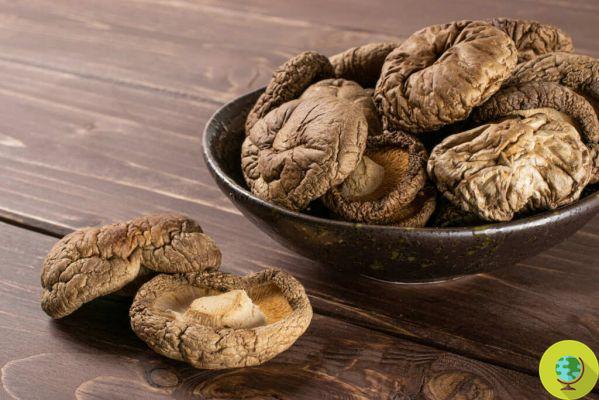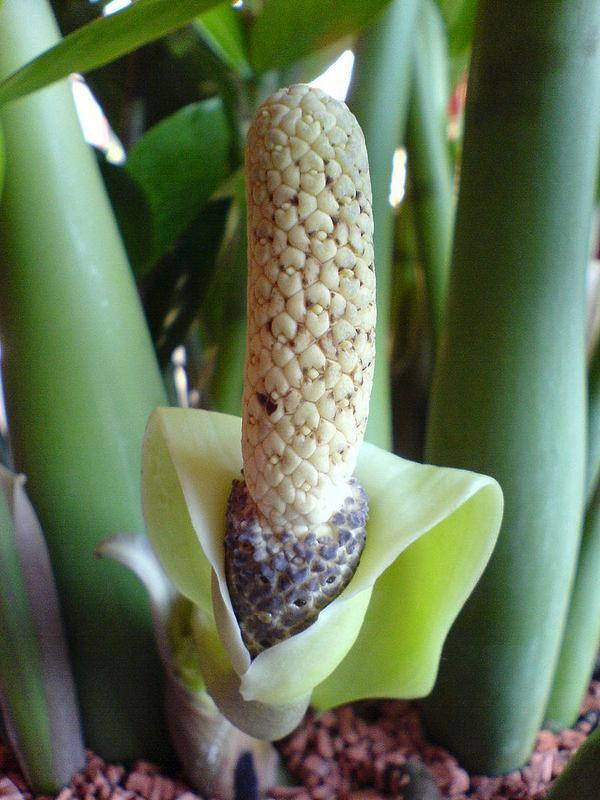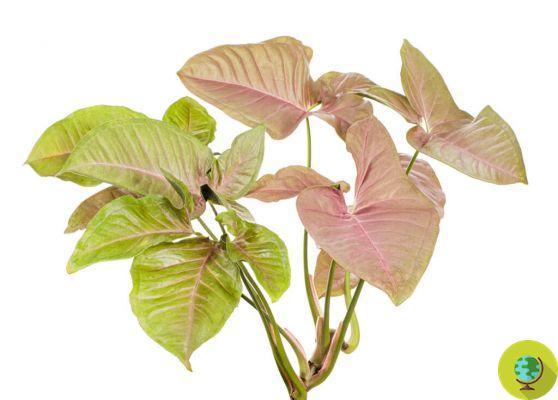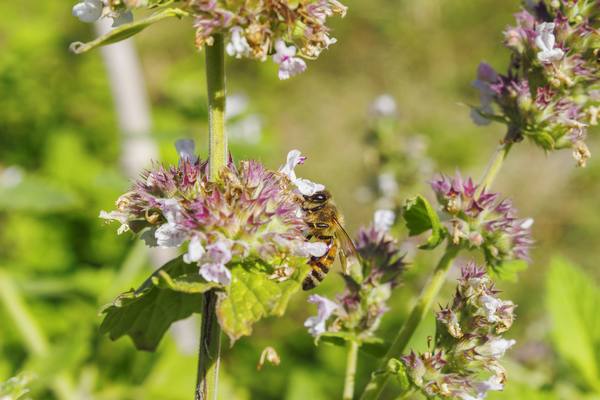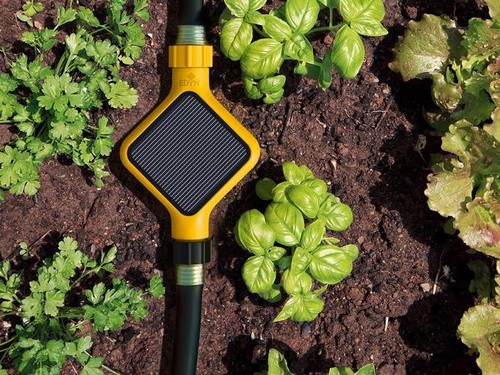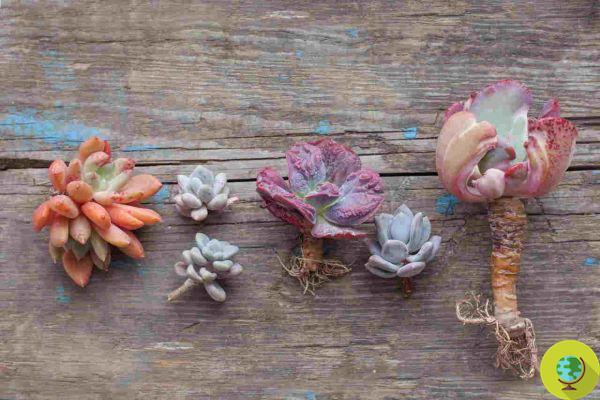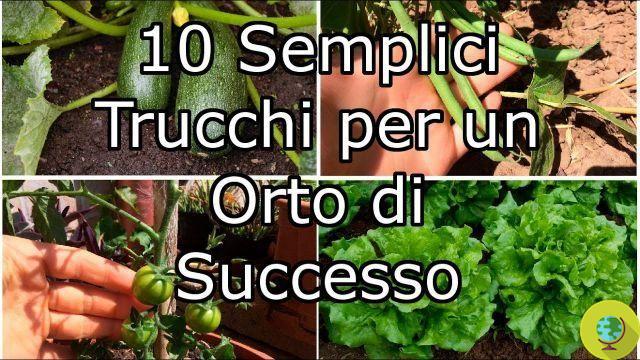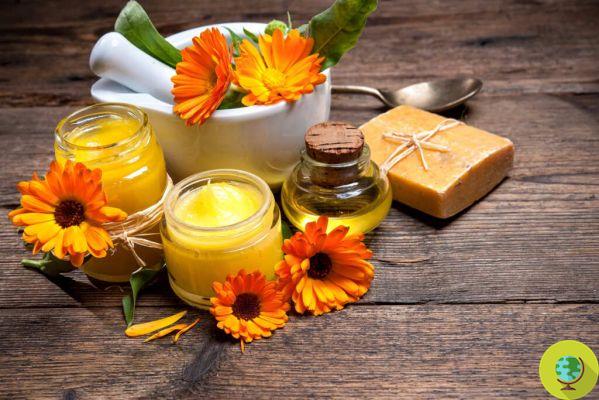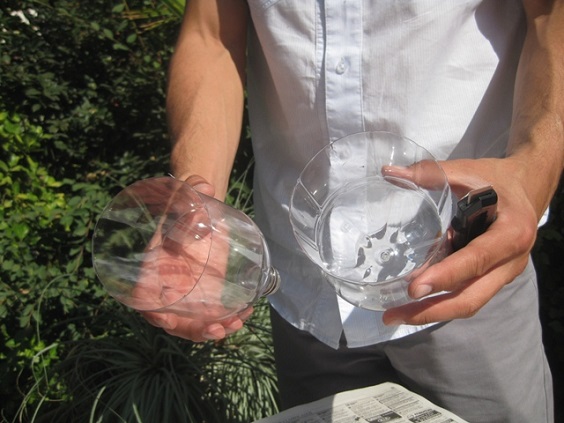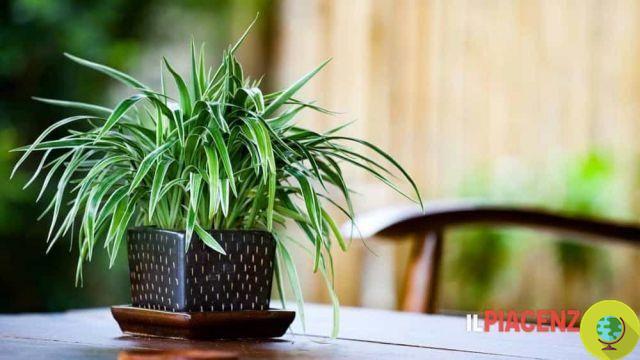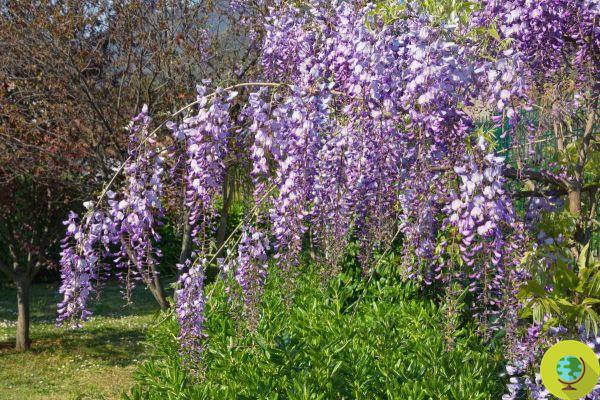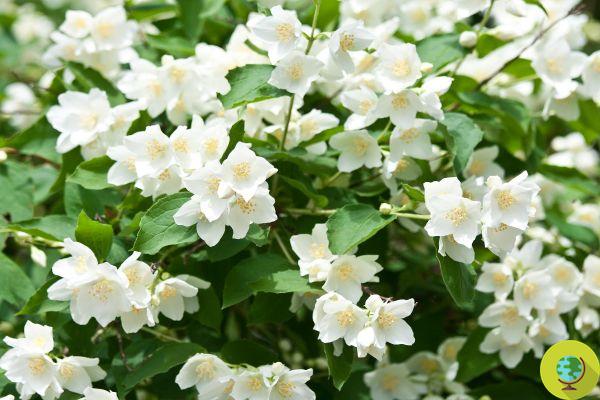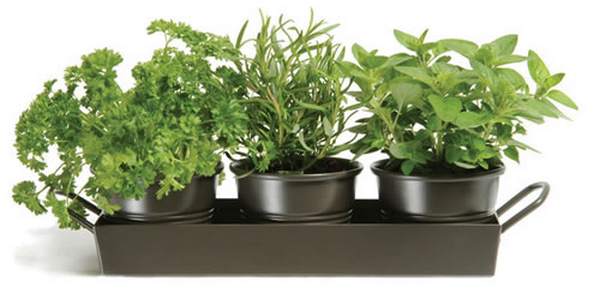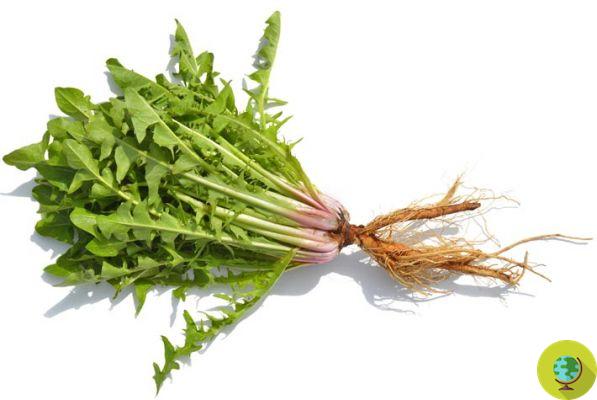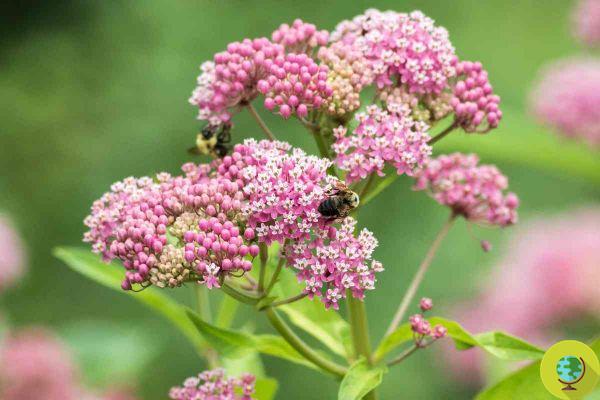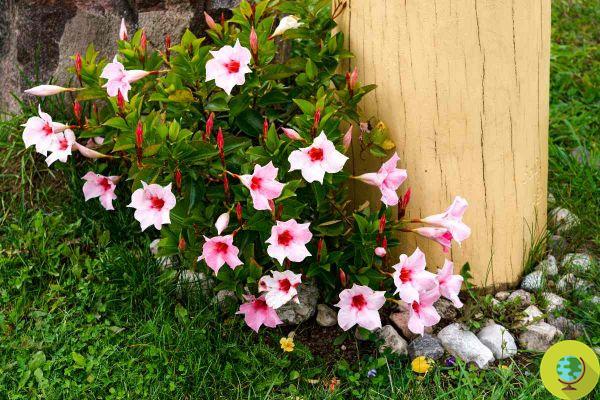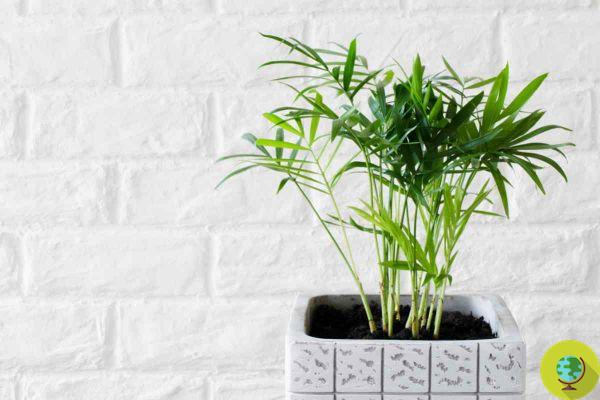Find out how to make fungicide sprays with natural ingredients. Here are the recipes for DIY fungicide spray, effective and green.
He is about to end up run over, his mother saves himFind out how to make fungicide sprays with natural ingredients. Here are the recipes for DIY fungicide spray, effective and green.
Plants get sick from fungal infections; to treat them often resorted to the use of sprays with harsh chemicals, but if you want something greener, especially if it's tomato plants or other foods, you can try making fungicide sprays from garlic scraps and more.
Treatments effective and safe fungicides they are easy to make at home, and can save you money too. How to make them? You don't need special substances; in fact, you can use different ingredients that you will surely have in the pantry, such as garlic and bicarbonate.
Index
7 fungicides in the house
You can prepare homemade fungicides in minutes, or you can create more complicated ones by mixing multiple ingredients together. Here are 7 recipes for your natural fungicide.
Baking soda
This homemade fungicide spray stops powdery mildew, and is also suitable for black spots on roses.
ingredients:
- 4 teaspoons of baking soda
- 1 teaspoon of mild soap
- 1 liter of water
Procedure and use:
- Mix all the ingredients together and pour into a spray bottle.
- Spray all infected leaves on top and bottom, making sure the liquid is thick enough to drip off the leaves.
- Spray the entire plant, because even if you can't see the fungus it may be hiding.
Read: This bicarbonate-based fungicide spray stops powdery mildew and saves your plants
Tomato fungicide
I tomatoes they are one of those plants that most of us love to grow, but are often prone to fungal diseases such as Peronospora, leaf mold, fusarium wilt, and more. Here's how to stop fungi attacking your tomato plants.
ingredients:
- 1 bulb of garlic
- 2 tablespoons of canola oil
- 4 hot peppers
- Juice of one lemon
Procedure and use:
- Mix these ingredients together and steep overnight in a bucket.
- The next day, strain the mixture through a colander or gauze to remove all solids.
- Add 4 tablespoons of this mixture to a quart of water in a spray bottle and spray both the top and bottom of the leaves when you see signs of a fungal disease.

@Industryview/123rf
Read: Natural Fungicidal Spray For Tomatoes At Nearly No Cost Starting With Garlic
Apple cider vinegar
This simple ingredient has saved many plants from various fungal diseases, although it requires multiple applications over several days.
Just add 4 tablespoons of apple vinegar to a liter of water. Spray this mixture early in the day so the acid and sun don't burn the foliage.
This spray is good for scabs, black spots, leaf spots and mold, and is suitable for use every few weeks as a preventative spray. (Read also: After glyphosate, a new danger comes from the SDHI fungicides)
Read: DIY apple cider vinegar fungicide spray against black spots and mold
Horseradish
Horseradish can be used as a fungicide because it is a powerful one natural remedy. Here's how to make a DIY and green spray with horseradish.
ingredients:
- 1 cup of horseradish
- 16 liters of water
Procedure and use:
- Soak the horseradish in the water overnight.
- In the morning, strain the mixture and add it to 2 liters of water.
- Spray it generously on your plants.
Pay close attention to avoid contact with eyes.
corn flour
La XNUMX/XNUMX cup corn flour is another simple ingredient for making a homemade fungicide.
ingredients:
- 1 cup of cornmeal
- 5 liters of water
Procedure:
Mix the ingredients, strain them and spray the solution directly on the leaves of the plants. (Read also: How to use garlic against garden pests)
Read: DIY Natural Fungicide Spray: Use Cornmeal To Save Your Tomatoes From Downy mildew and mold
Aspirin
This drug that has been helping people for centuries is also a great one remedy for the garden. Here's how to use it.
ingredients:
- 1 aspirin
- 4 cups of water
Procedure and use:
- Crush the powdered aspirin and add it to the water.
- Spray your plants liberally every two weeks during the growing season.
This is a good blend to spray every two weeks or so as a preventative as well.
Painted daisies
La pyrethrin comes from the dried leaves of the painted daisy. The latter is an easy plant to grow, but it is also a powerful fungicidal spray.
Here's how to make it at home:
- Dry a few handfuls of flowers and grind them to powder.
- Soak for 24 hours in 4 liters of water.
- Filter through cheesecloth and spray on plants, both as a prevention and as a cure for fungal problems on any plant.
How to use homemade fungicides
Before covering the entire plant with the homemade mixture, sprinkle some on a few leaves to see if there are any side effects. While natural, some of the blends are quite potent.
You could use them early in the season before the mushrooms appear, as a preventative measure.
Remember to use safe and natural ingredients and don't be afraid to experiment, because even if you can't completely eradicate these pests right away, you can manage to limit the damage and save as many plants as possible.
Prevention
Of course, to prevent it's better than trying to deal with a fungicidal infection. Here are some tips to help you avoid the problem:
- Make sure you leave plenty of space between the plants to provide enough airflow.
- Water the plants well, especially in midsummer.
- Feed your soil before planting and feed the plants throughout the season to make sure they are strong and more disease resistant.
- Remove any leaves or plants that show signs of fungicidal damage.
- Do not allow infected foliage to rot in the soil.
- If you like a particular homemade fungicide recipe, use it as a preventative and spray it every two weeks.
Could it be interesting for you:
- 12 do-it-yourself organic fertilizers and pesticides against garden pests
- Aphids: 10 natural remedies to protect vegetable and garden plants without toxic products
- Plant diseases and pests: how to recognize them. Symptoms and remedies





